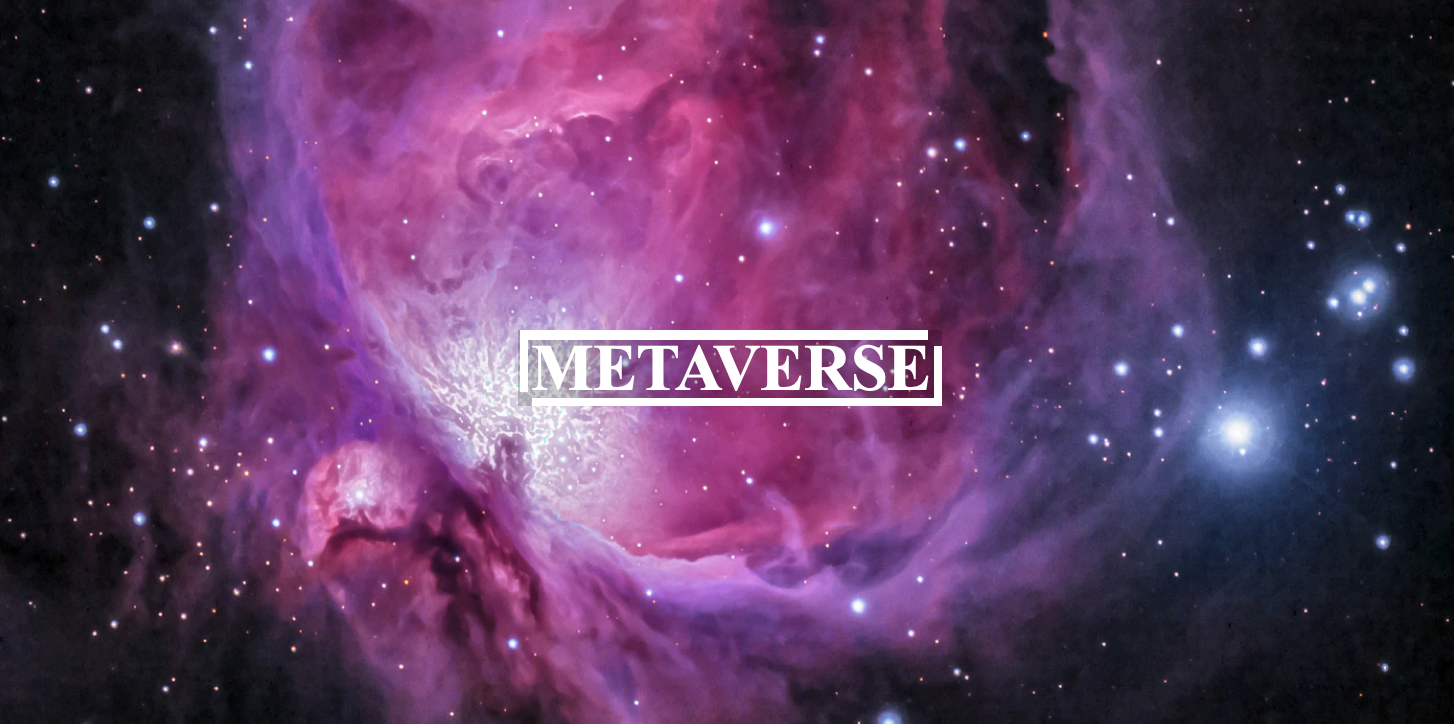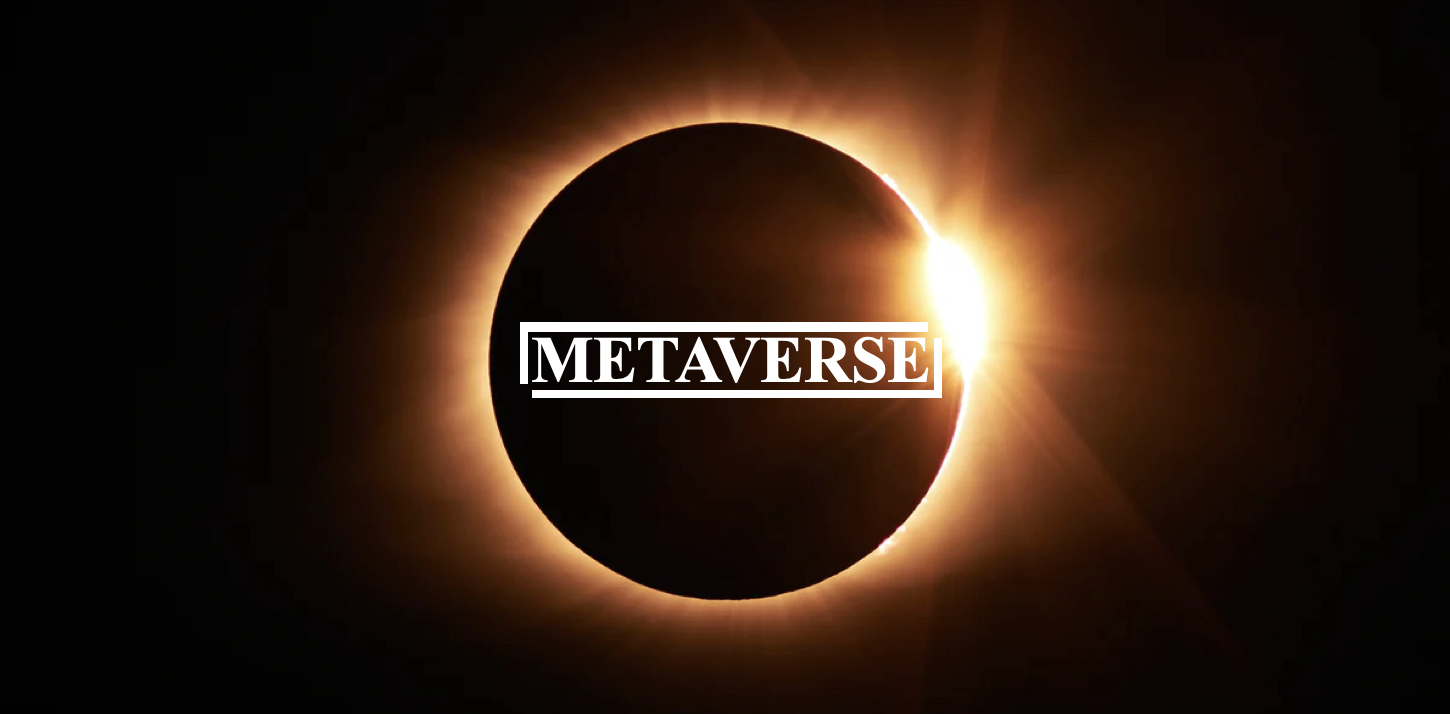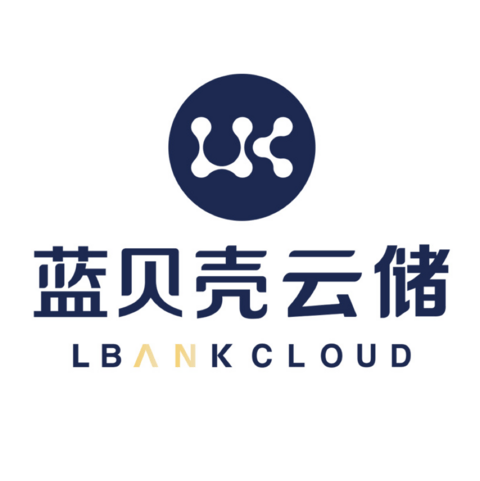“Web3 will be the foundation upon which the Metaverse will be created.” —— Juan Benet
Juan Benet, founder of Protocol Labs, the company behind IPFS and Filecoin, recently shared his thoughts onMetaverseFor the relevant thoughts and assumptions of the construction, the following is the collation and summary of the sharing by Blue Shell Cloud Storage, which is for reference only.

Basic Building Blocks of the Metaverse
LIBP2P- A peer-to-peer modular network stack that is a fundamental component of IPFS, Filecoin, Ethereum, Polkadot, and many other protocols.
Through LIBP2P, many nodes in Web3 can interact with other nodes, transfer information, find or distribute content, etc. For teams looking to build new protocols or other related things, the layer where LIBP2P is is very useful and valuable.
IPFS- A protocol that makes the network structure peer-to-peer, which is the content and data platform of Web3.
IPFS implements content addressing through CID, which is a unique identifier of content, which allows hash values to be linked from one content to another, so that the content can be verified and the distribution of the content is more secure. It is impossible to tamper with the content at will. IPFS has built a huge and growing ecosystem. Thousands of applications, millions of websites, many excellent development tools, browsers, and DeFi are joining the IPFS ecosystem.
Filecoin- Web3's storage network, which is a storage network driven by the encryption economy, is constructed in the form of a two-sided market. On one side are customers who need to rent the network to store data, and on the other side are miners who want to store user data.
Storage miners are organized in the form of block rewards, and participants win rewards by contributing storage power (power) to the network, and the size of the storage power directly depends on the size of the storage capacity provided by the miners.
It has been less than a year since Filecoin was officially launched, and itsThe storage capacity of the entire network has exceeded 8EiB, which can be used to store extremely large amounts of data. At present, there are many organizations built on the Filecoin network. Thousands of active miners and GitHub contributors are working together to maintain the Filecoin network.Daily growth storage capacity reaches 60PiB, meaning that capacity equivalent to the size of the entire global network file is added to the Filecoin network every day.
Currently Filecoin'sThe capacity occupied by storage transactions is about 17PiB, which is obviously small compared to the total capacity of the Filecoin network, which means that Web3 currently does not have much data to store, and Filecoin has saturated the Web3 data storage market to some extent. Protocol Labs hopes to help various teams to convert more Web2 applications into Web3 applications, or directly develop new Web3 applications.
At present, the applications that people are building on the Filecoin network include cloud disks like Dropbox, social media applications, video networks, etc.
NFT.Storage- A website that allows users to easily backup their NFTs via IPFS, Pinata, and Filecoin.
NFT.Storage has only been online for a few months, and it has already stored most of the NFTs that exist on the market.Approximately 1.5 million NFTsMost of them come from Ethereum. All of these NFTs are marked with their addresses by CID, and at the same time benefit from the encryption economy of Filecoin, the providedAll storage is free. The current data size set by NFT.Storage for each NFTThe upper limit is about 32GB, which is enough to store a single NFT, and you can even store a complete game or a large video as an NFT.

How will the Metaverse grow?
Imagine the possibility that some large company creates a large platform with all kinds of different components, and it ends up being some kind of metaverse... In Juan's eyes, this possibility is bad,If a large corporation controls most of the metaverse, then in such a world, most of the interactions of users around the world will inevitably be controlled by this corporation.
Compared with the above assumptions, another situation is actually more likely to happen——The metaverse will develop from individual components, and eventually these components will be connected together to form the metaverse in the true sense.The Metaverse already exists, but it still exists in the various forms we have built over the years—such as the NFTs that people mint and trade today. Users who hold such a large number of NFTs, and users who spend a lot of their experience and time creating game worlds, hope that these creations can persist and be transferred to new environments.The NFT market may become an important reason for the development of the metaverse in the form of an open platform, because all parties hope that their NFT can be continuously available and have value in various application scenarios, which is difficult for a single platform controlled by a company, and an open platform should be friendly to this many.
Juan believes that the value of art largely comes from the experience of art itself,NFT museums and NFT galleries can provide high-quality experiences similar to reality in digital form, and they will play an important role in helping us explore the possibility of the metaverse.If we can create a virtual room, put some NFT artwork in it, and then experience the art with others, then we have really created a meaningful experience in the virtual world. Over time, it leads us to more possibilities, which gradually evolve into other realms, environments, and virtual rooms, and eventually we connect them all together to create the Metaverse.
Some metaverse construction related ideas
First of all, it must be mentioned that there is already a large amount of valuable and useful data on the Internet today, which can be used to build the Metaverse, which means that many open data sets need to be linked into Web3 applications . During this process,One of the first things people can do is pull these data sets into the Filecoin network, thereby building Web3 photo and video archives and so on.
You can also look at the game world in the same way, there are many gamers around the world who spend a lot of time creating amazing game worlds, these people will love to see these virtual worlds they create can be used in other environments, For example, create a platform similar to the social media data output structure, so thatAllows users to transmit the virtual world they build in "My World (Minecraft)" to the Web3 network, which is a very interesting and valuable idea. In addition, we can also store open source game-related content in Web3.
If you are a developer who enjoys building tools for other developers, thenBuilding infrastructure such as SDKs, language libraries, and simple tools will also be extremely helpful for creating the Metaverse.
Another attractive idea is a system that allows people toCreate a virtual room and layout and furnish that room by referencing NFTs from other sourcesThe product. People can even mint the room itself into an NFT, so that people can use and visit these virtual rooms in the future, and invite others to spend time in these rooms with themselves, thus providing a unique multiplayer experience . These virtual rooms can also be connected with other virtual rooms to jointly construct a large virtual building and so on.
Other ideas include encrypted native video platform, open music platform, video NFT, encrypted Vine, watching paid media, personalized space, museum and gallery, etc.
Build the metaverse together
In any case, the future is in your hands and mine. The history of human technological evolution tells us that those people or groups who build things and create components are often able to formulate related rules and regulations, which ultimately affect everyone. thereforeYour participation is crucial to the shaping and development of future technology, only in this way will the Metaverse be constructed in the form you and I want.How to shape the metaverse should not be left to a small group of people. The help from you and me will help accelerate the realization of the entire metaverse, and this is what you and I expect.
Finally, I wish you all the best of luck in building the Metaverse.



